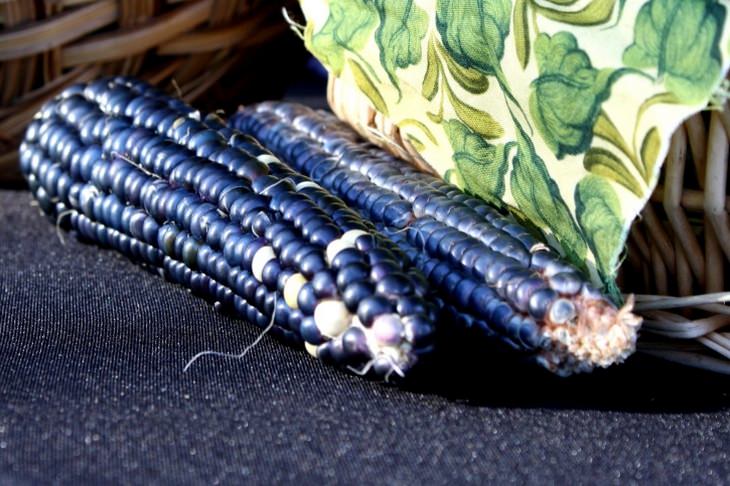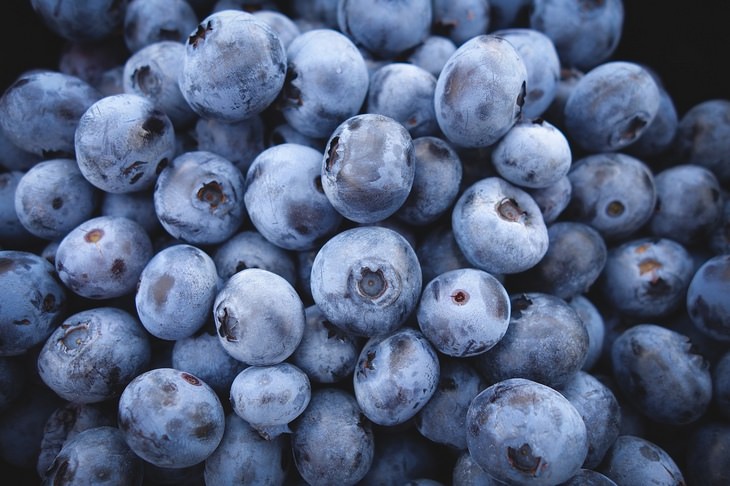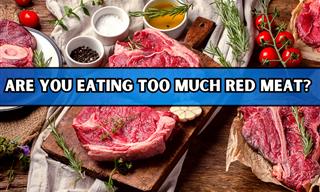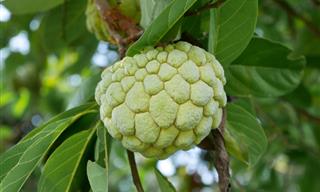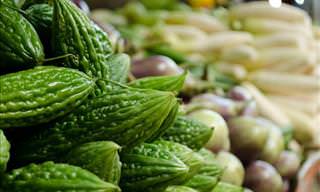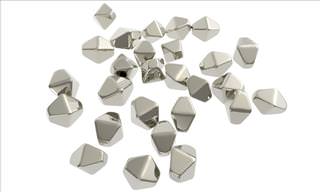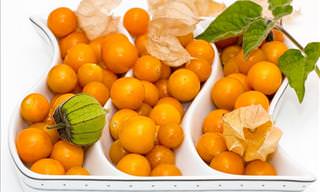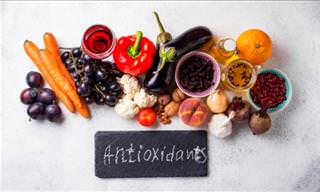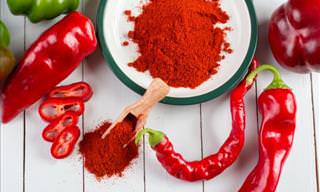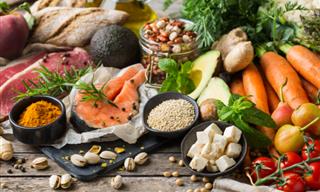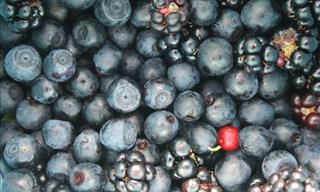Ever wondered why there are red, blue and even black variants of fruit and vegetables that are normally white or yellow? The answer lies, much like in humans and animals, in pigmentation.
This difference in color is not superficial, as dark-colored fruit and vegetables contain an essential component called anthocyanin, and it turns out that this component may benefit human health in a variety of ways.
Anthocyanin is a pigment, which typically makes fruit and vegetables darker, and its consumption has been linked to several major health benefits.
As a general rule, the darker the produce is, the richer in anthocyanin it will be, moving from red to a deep, almost black purple. Good sources of this pigment are eggplants, black raspberries (the similar-looking blackberries are somewhat less rich in anthocyanin), blackcurrant, elderberries, blue (Hopi) corn and blueberries.
Blue vegetables vs. diabetes and inflammation
But why are these pigments good for us, anyway?
A series of studies following over 200,000 women and men over a period exceeding 20 years in total demonstrated that a diet rich in anthocyanin, which translates to about two servings of blueberries a week, was strongly associated with a decreased risk of type 2 diabetes. Participants that had an anthocyanin-rich diet were 23% less likely to develop insulin resistance.
Type 2 diabetes occurs when our bodies develop a tolerance to insulin, the hormone in charge of absorbing carbohydrates into the body, and it is associated with overindulging in sugary and carb-rich foods. What anthocyanin appears to do is promote insulin sensitivity in the body, thus helping prevent the onset of diabetes.
Moreover, dietary anthocyanins have been consistently shown to be effective in reducing the inflammation associated with obesity and the chronic conditions that come with it.
The pigment that staves off cancer
Anthocyanins have also been demonstrated to be potent antioxidants, a word that has become increasingly prominent in health circles. But what is an antioxidant, anyway, and what is it good for?
In short: oxidation in the body has the potential to create flawed oxygen atoms (called free radicals) with missing electrons. The atom seeks to rectify this by “stealing” electrons from the environment, i.e. our body. This causes cellular mutation in different organs and tissues, and was even shown to alter DNA.
This, in turn, can lead to a host of different degenerative diseases that are often associated with aging, such as cancer, Alzheimer’s, Parkinson’s, diabetes and others. Antioxidants neutralize these free radicals by donating the much-needed electrons. In fact, eating just half a cup of blueberries in every meal has been shown to increase the body’s ability to neutralize these harmful free radicals and protect the integrity of our DNA substantially.
And that’s just anthocyanins! Obviously, all of these berries and vegetables are also rich in nutrients that can help relieve and prevent a host of health issues. For an example of the many ways blueberries can benefit your health, read our article here.
 Go to BabaMail
Go to BabaMail



